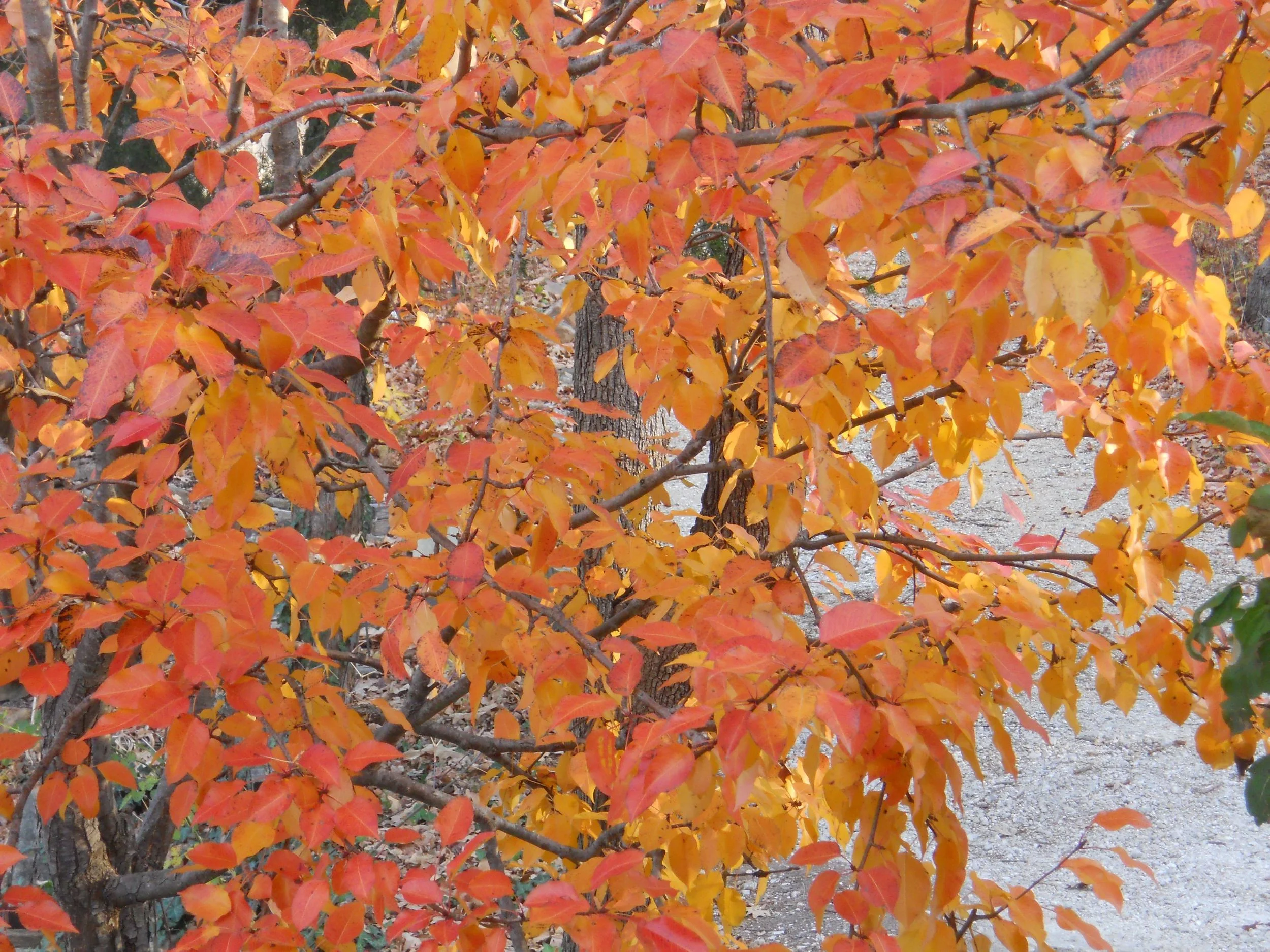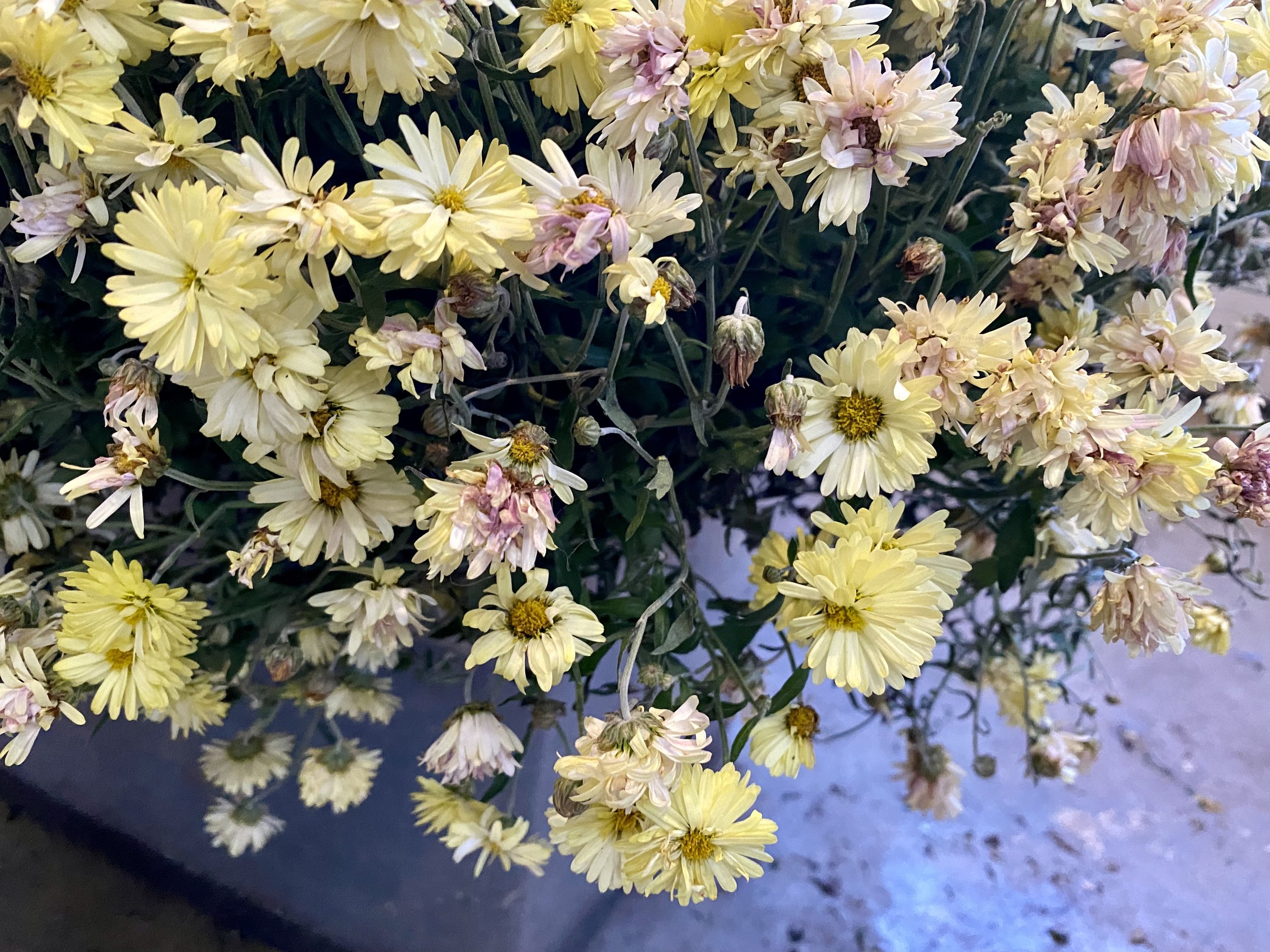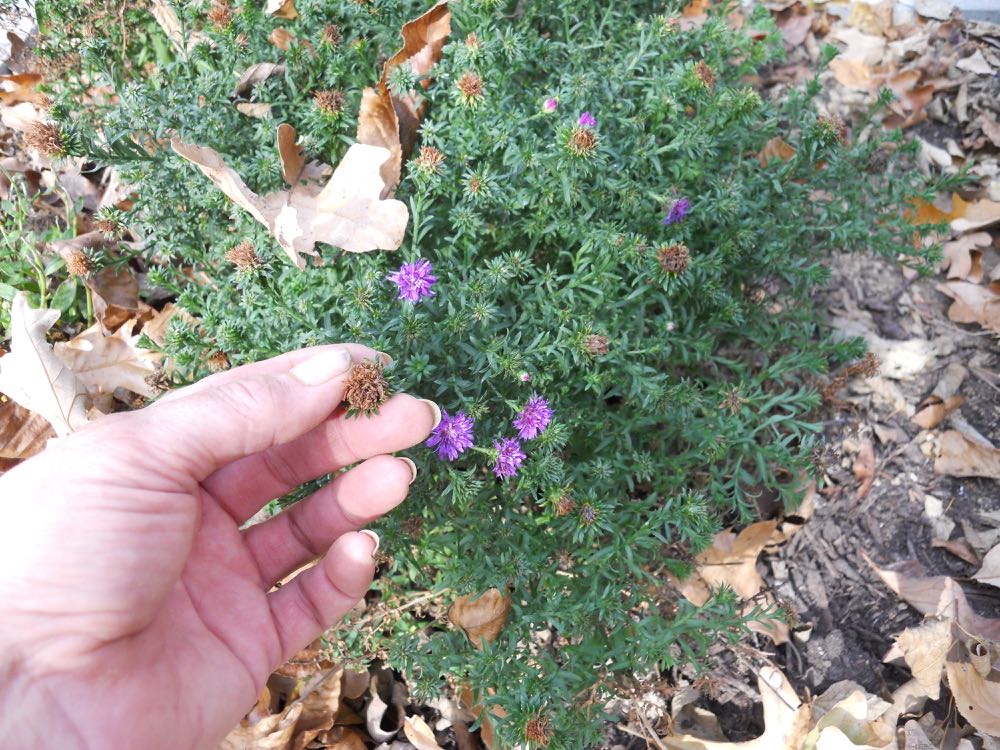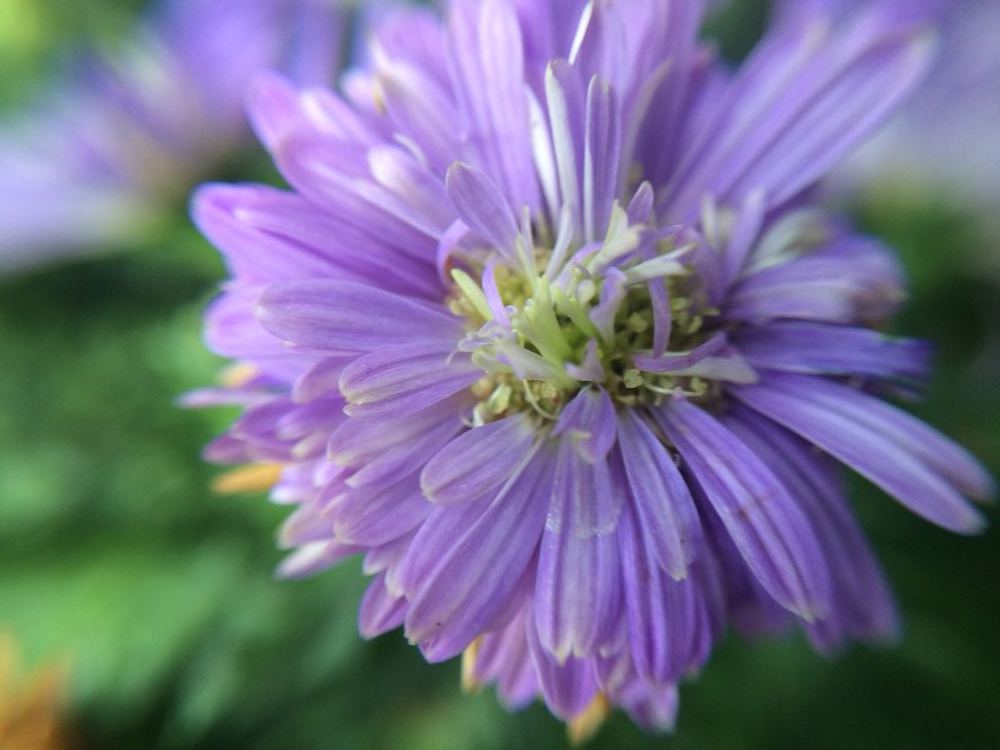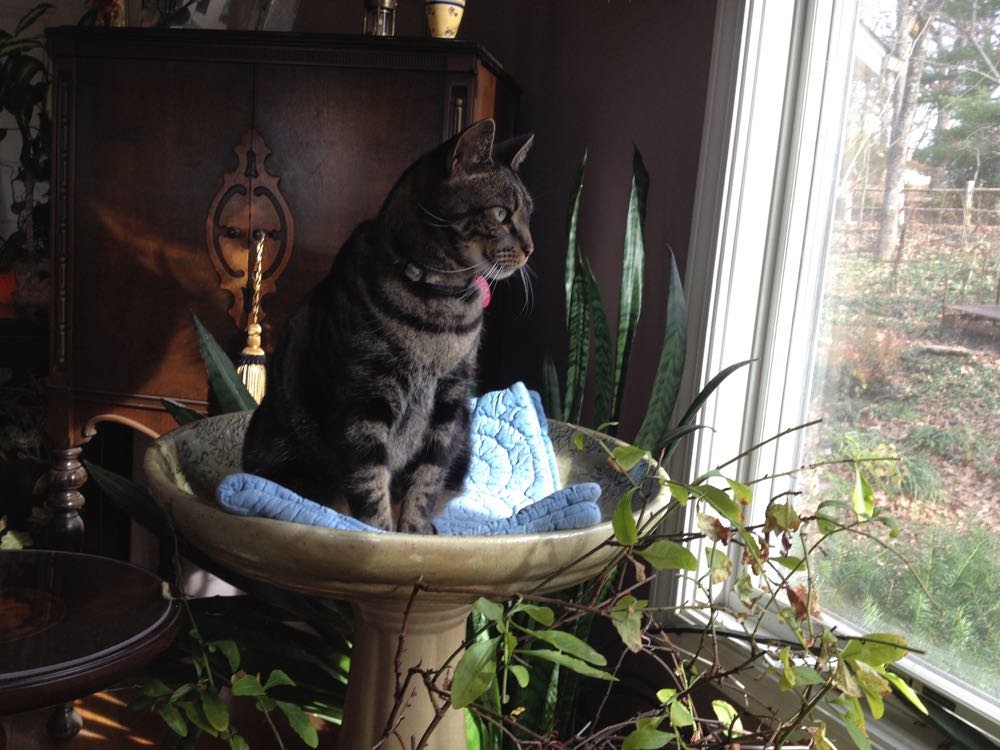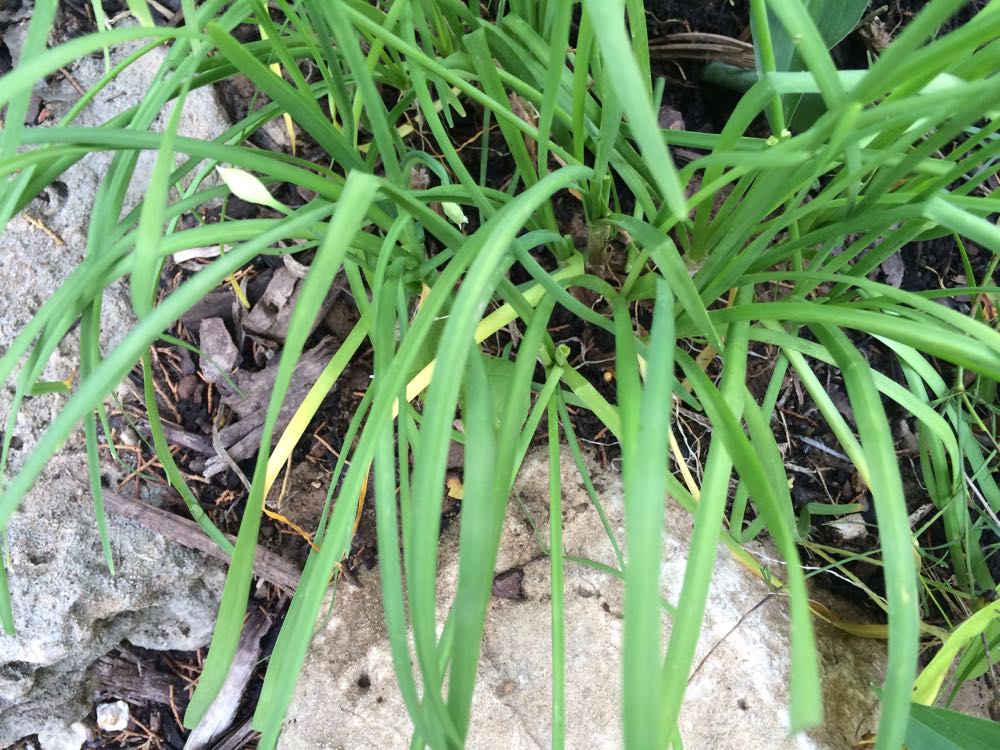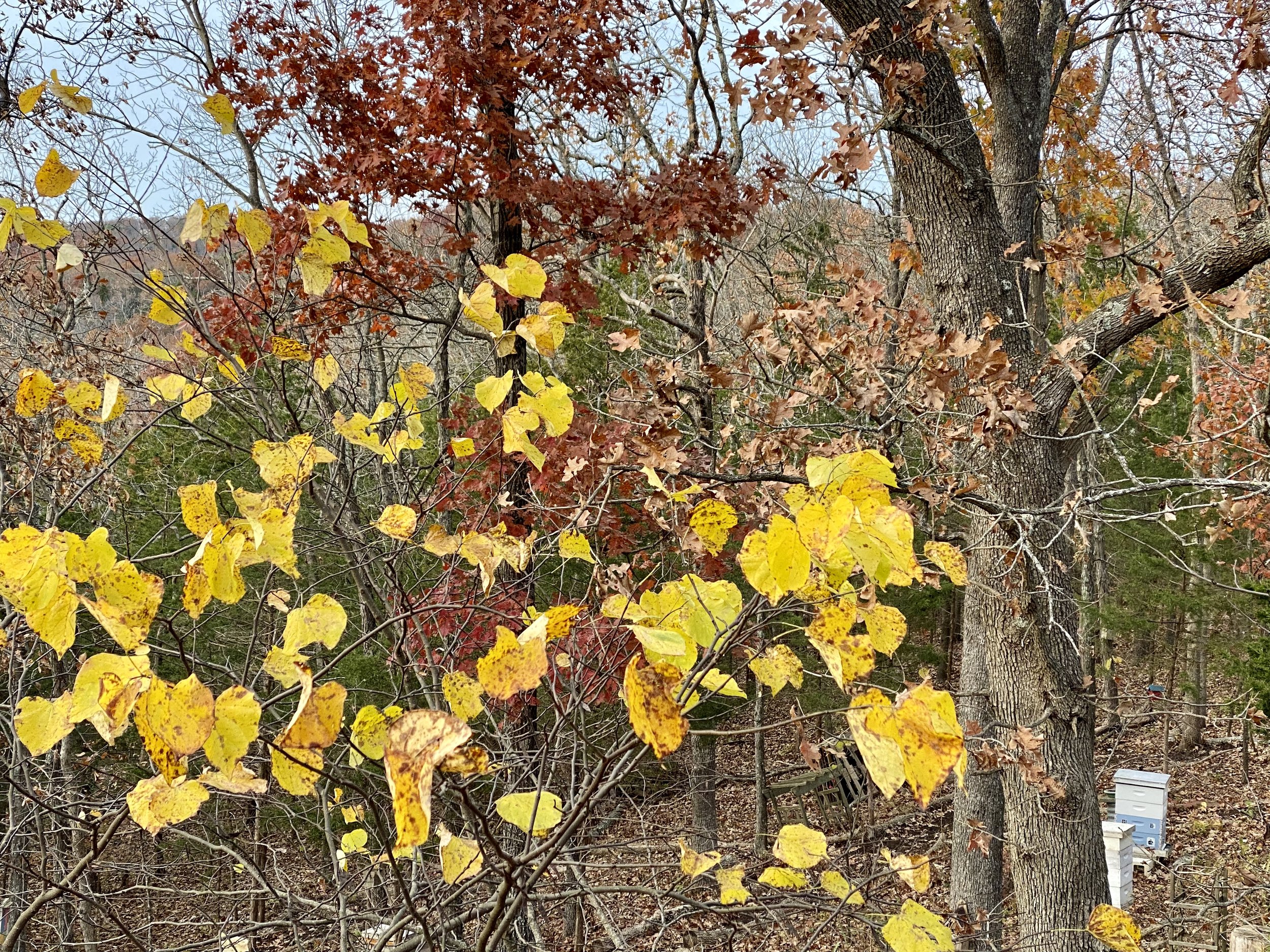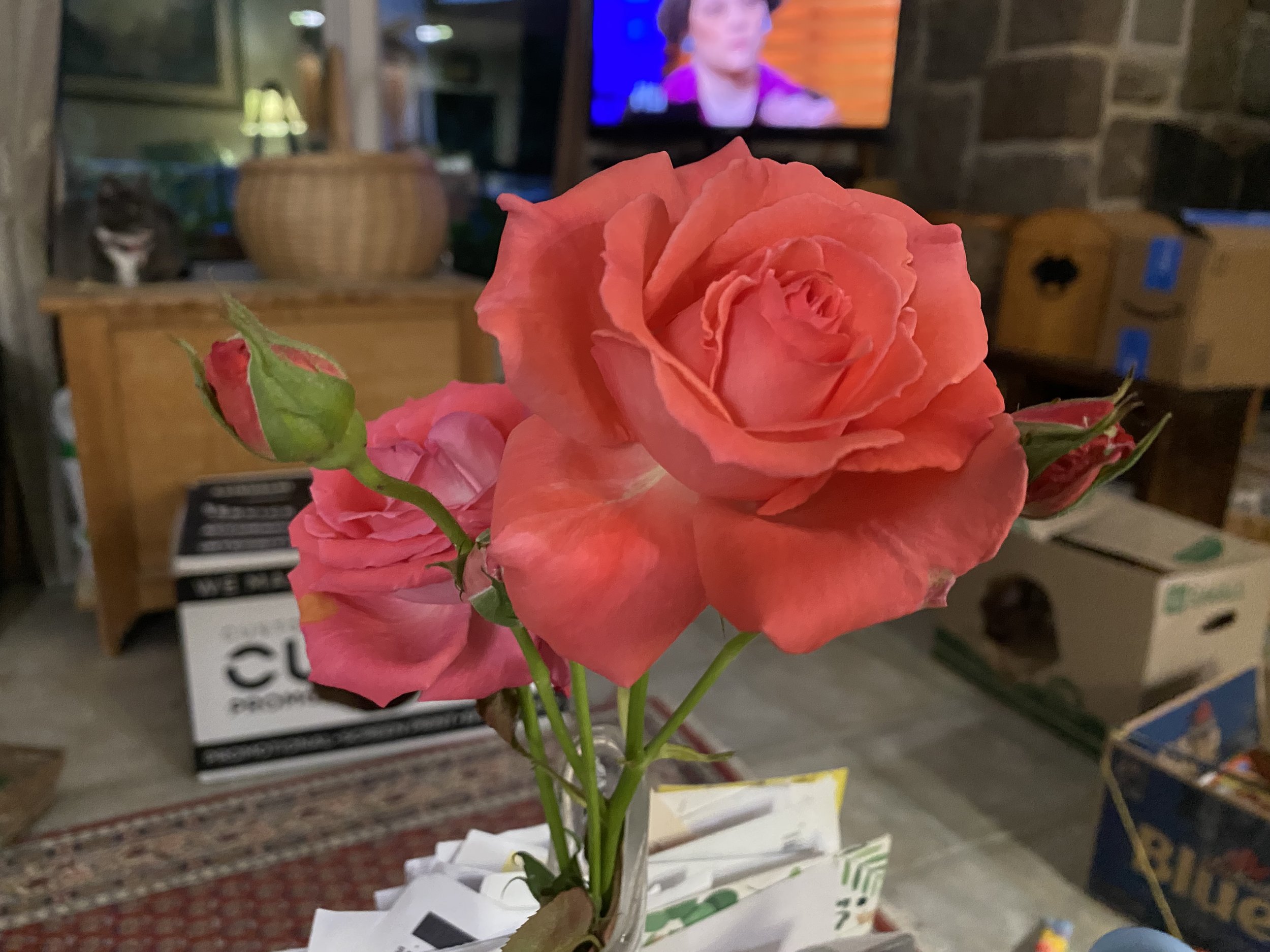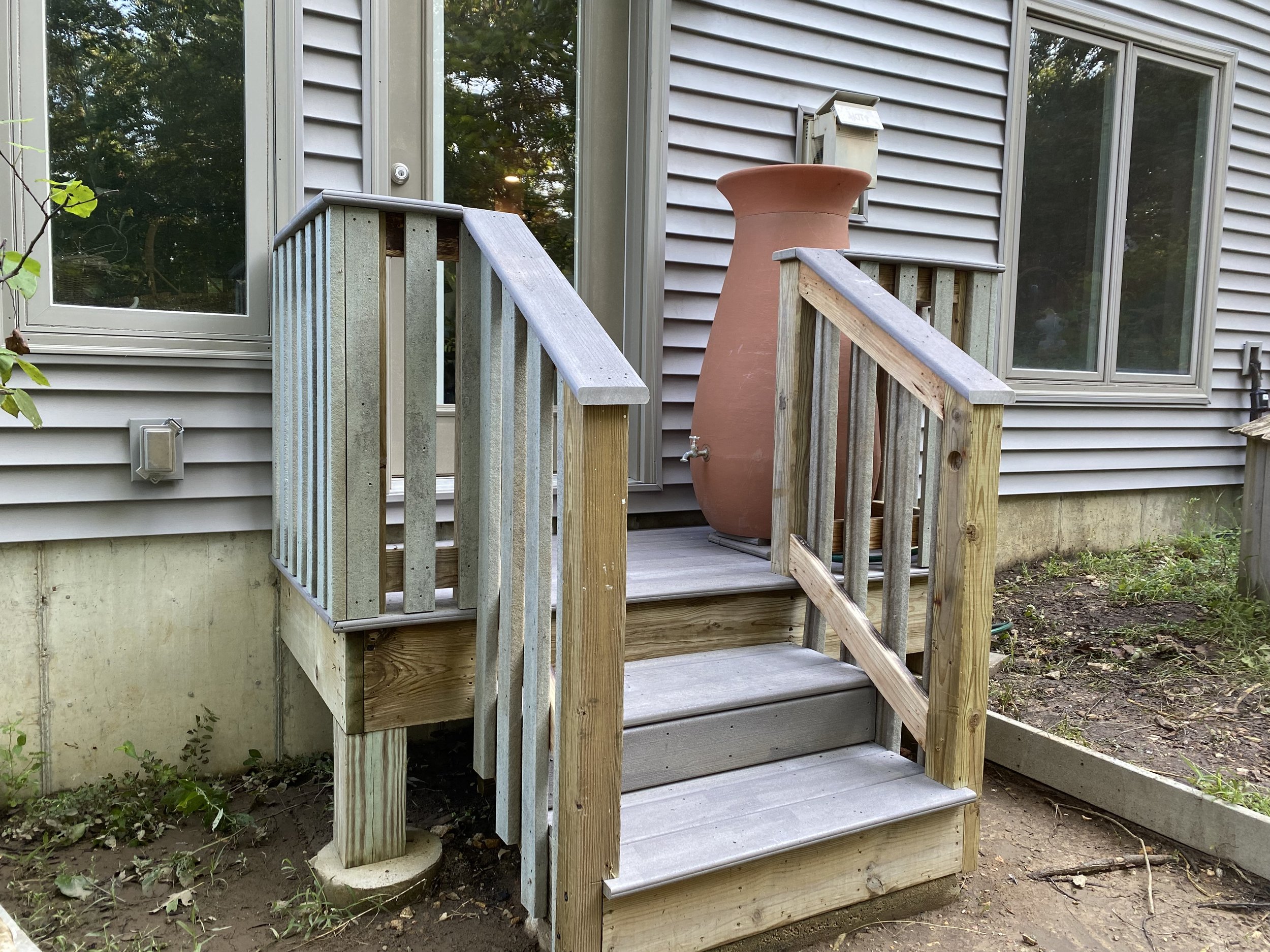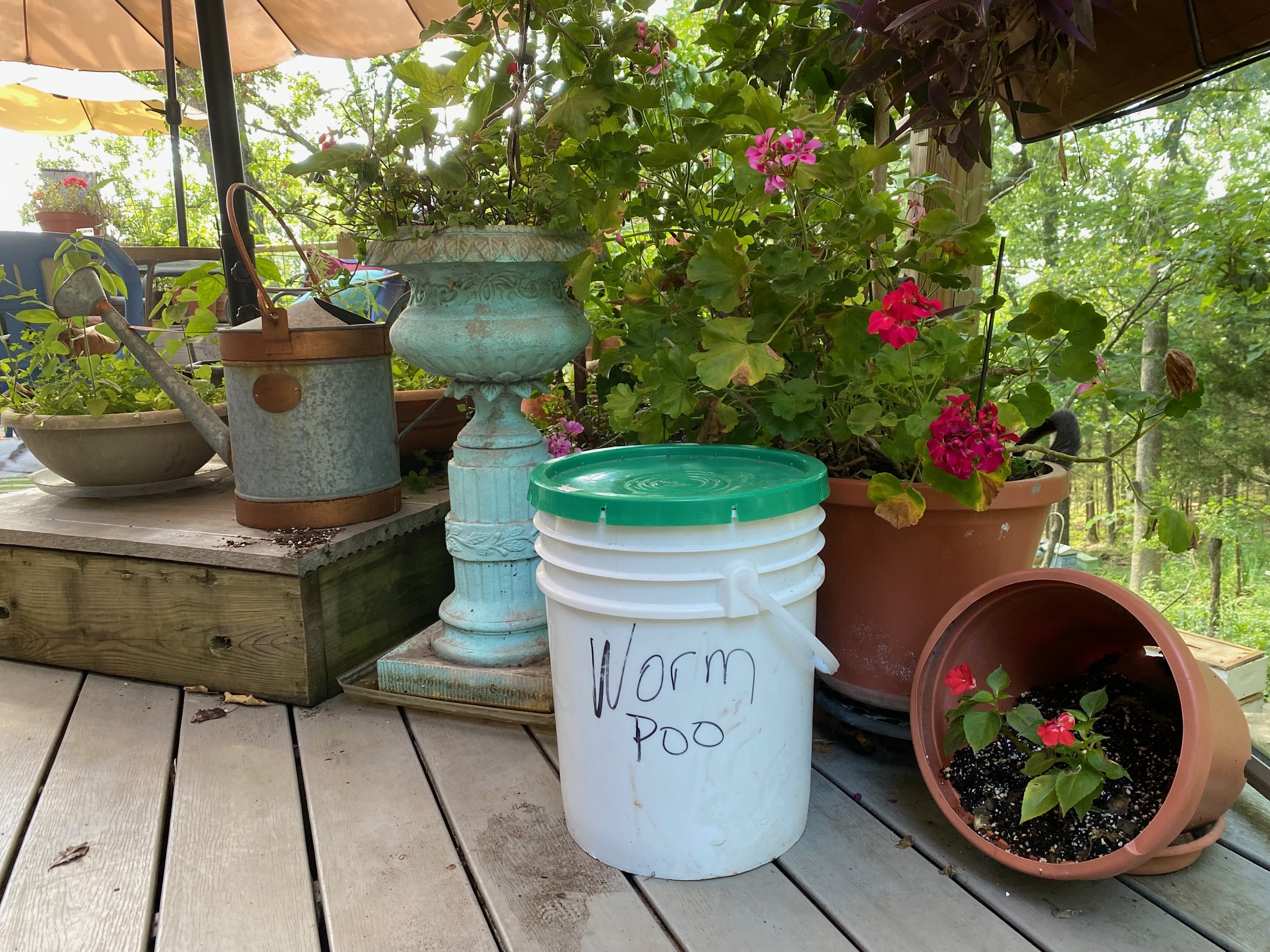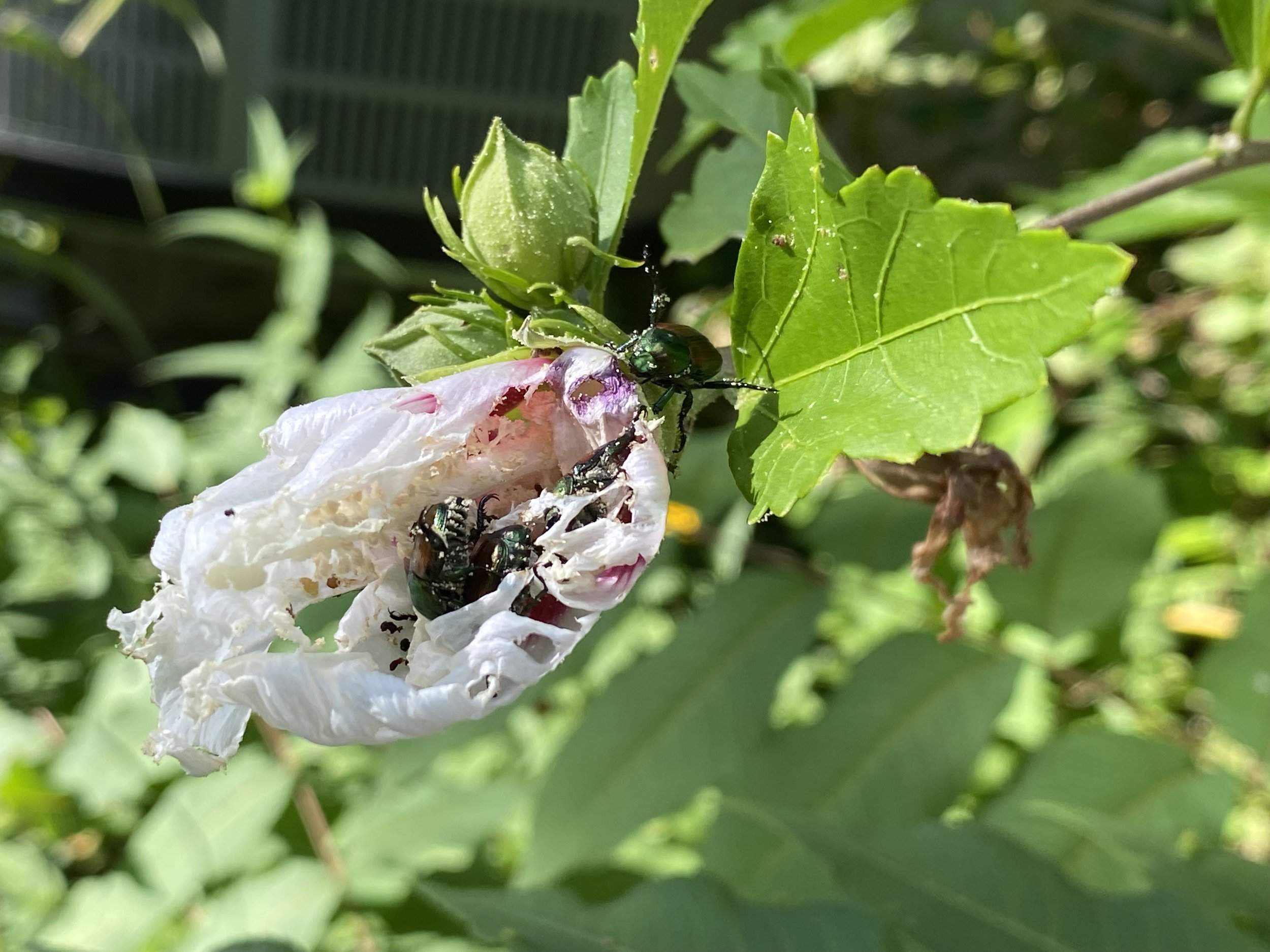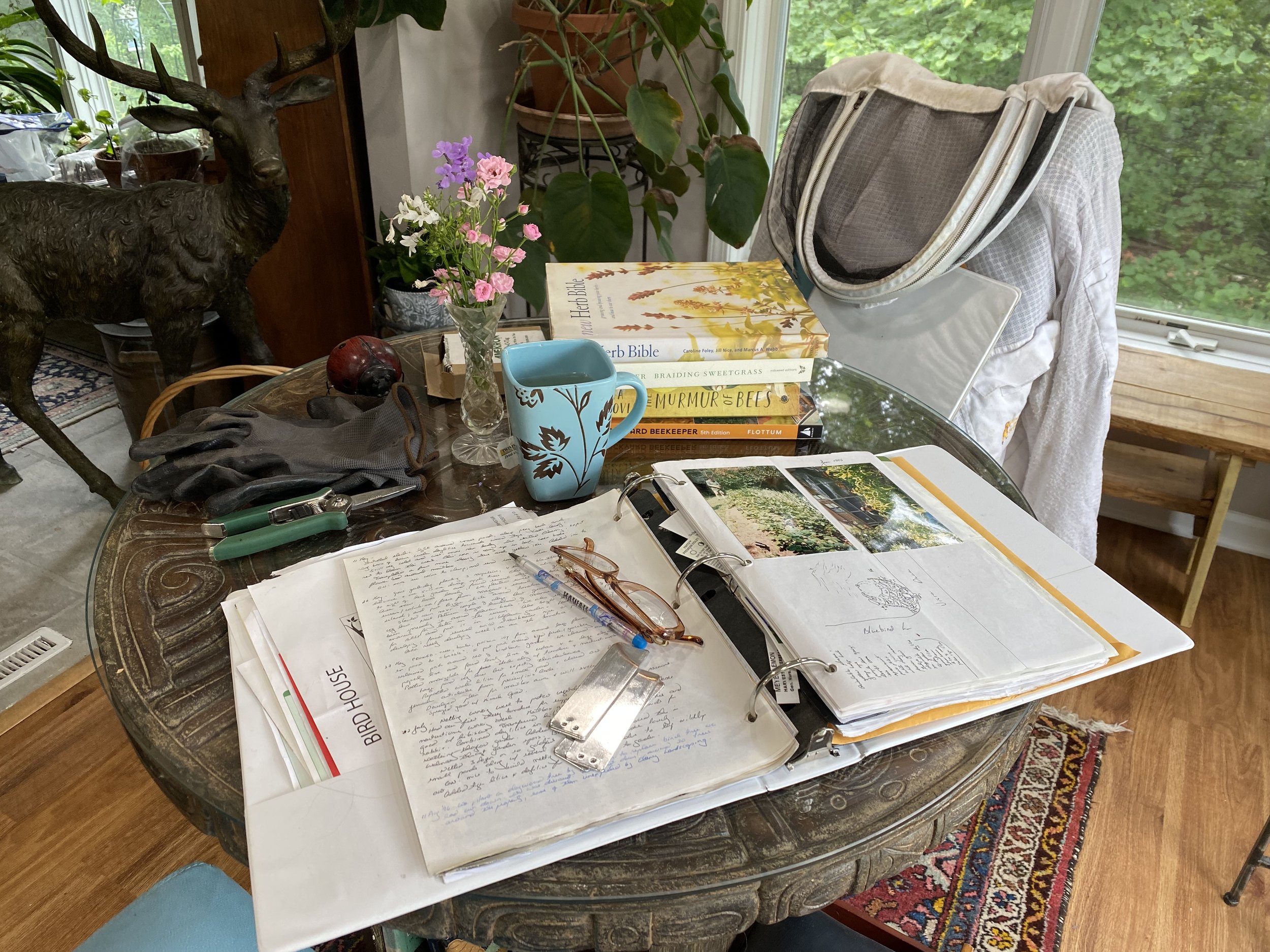Prince Charming
/At the entrance to my driveway hangs a birdhouse that doesn't house any birds.
My Prince Charming
There are many reasons to have birdhouses around a garden. In addition to encouraging birds to nest and become part of your natural pest control, birdhouses are also wonderful homes for other species.
Take the year I found half of my 40-odd birdhouses with paper wasps. It was the same year I had my first pears on my semi-dwarf Bartlett pear tree, about 30 years after I had first planted it. The paper wasps had helped to pollinate the tree. I now tend not to disturb wasps nests in birdhouses through the growing season, especially if they are out of the way. Paper wasps are among many of the species that contribute to pollination but we don't usually appreciate that contribution.
My little blue-roofed birdhouse, however, is not out of the way. It hangs from an arbor at the entrance to my driveway so I pass it always every morning on my walks. One morning, I stopped to look closer to see if any paper wasps had moved in.
Hard to believe? Take a peek at what you will see most days in the summer in my blue birdhouse.
Fully expecting to see either paper wasps or a bird of some sort inside, instead I found a little three-toed foot sticking out of the entrance.
I have several small ponds around the one-acre property with a number of quite green residents. In addition, Fred, the gray tree frog and his green wife Fran live in one of my rain barrels and greet me every time I lift that lid but I was not prepared to find another tree frog living in the birdhouse.
Gray tree frogs are common throughout Missouri, apparently even more common throughout my garden. They are wonderful natural pest control. Their diet consists of moths, tree crickets, ants, flies, grasshoppers and beetles. They are very acrobatic and reportedly will often jump from branch to branch to catch their prey.
Mine seems to be more of a city tree frog, he reminds me of the guy watching TV bothered by a knock on the front door. See him?
Yes, that's a tree frog living in a birdhouse. I call him Charming, as in Prince!
Did you kiss him, one of my gardening friends asked after I shared that I now had a tenant in the blue birdhouse.
No, I said, but it did inspire me to name the tree frog Charming. No point in waiting for my Prince when he's already here, is there!
Now when I walk by the arbor, I look over to see if Charming is in or not. Most days, I will find him literally hanging out of the birdhouse as I walk by. I took my camera with me on this walk and before I could get close, there he was, hanging out of the birdhouse front.
Charming's not always shy, he usually pops out to see me as I take a morning walk.
Charming is welcome to stay. I usually take the birdhouses down for winter repairs but this one will remain until I know it's no longer occupied for the season. After a new coat of paint, out it will go next spring.
Last winter, it stayed up all winter because it remained occupied all season. That may happen again this year.
Maybe I should rename these tree frogs "birdhouse frogs"??
Charlotte
